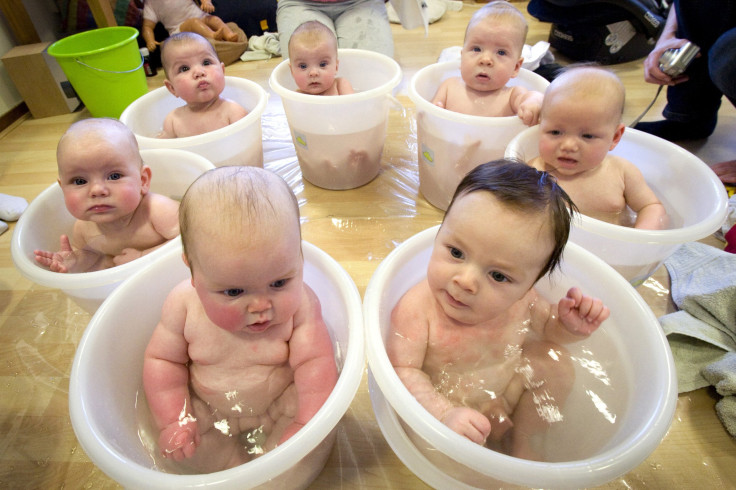Post-birth skin-to-skin contact reduces up to 36% infant deaths

A new research from the Harvard T.H. Chan School of Public Health and Boston Children’s Hospital says that skin-to-skin contact may reduce deaths for infants with low birth weight. Low birth weight infants are particularly vulnerable during their first month of life so the researchers encourage skin-to-skin contact, also known as kangaroo mother care (KMC), especially in developing countries where conventional treatments are not widely available.
Four million infants die during their first month of life worldwide each year, according to a Harvard T.H. Chan School of Public Health press release. Generally, health technologies like incubators improve outcomes for infants at a high risk, but such equipment is uncommon in low- and middle-income countries. Ninety-nine per cent of all neonatal deaths occur in these countries due to the lack of facilities.
While KMC is particularly useful for low birth weight babies where medical resources are limited, developed and developing countries are moving to normalise KMC as a beneficial practice for all newborns and mothers, according to senior author Grace Chan, instructor at Harvard Chan School and a faculty member at Boston Children’s Hospital.
The researchers examined 124 studies published between 2000 and 2014 that looked at skin-to-skin contact as a component of KMC. Some of these studies included additional care practices such as close follow-up and breastfeeding in their definition of KMC. The practice reduced 36 per cent in mortality and 47 per cent risk of major infection in newborns who weighed less than two kilogrammes.
Moreover, newborns who received kangaroo mother care also had higher levels of oxygen, lower pain measures and head circumference growth. KMC also increased up to 50 per cent likelihood of breastfeeding at hospital discharge. The results were consistent in both low- middle- and high-income countries.
Infants who have an hour of post-birth skin contact are less stressed, meaning breathing rate and heart rate are more stable, enabling them to digest food better when they start to feed. The mother’s chest area is warmer than other parts of the body, preventing newborns from cooling down, which poses a health risk. Babies also pick up some of the mother’s healthy bacteria during skin contact to prevent infection.
Earlier research talked about how skin-to-skin contact also has positive effects to mothers. Medical News Today reports that the maternal stress of being separated from their infants decreased for mothers after skin-to-skin contact was initiated, improving the mothers’ overall experience while in the newborn intensive care unit.
Health care professionals have more evidence that skin-to-skin contact can also decrease parental stress that can interfere with bonding, health and emotional wellness and the interpersonal relations of parents, as well as breastfeeding rates, lead study author Natalia Isaza noted. Isaza added that this simple technique will benefit both parent and child and should be encouraged in all newborn intensive care units.
Contact the writer at feedback@ibtimes.com.au or tell us what you think below.




















